From essays to interviews, excerpts and reading lists, we publish around 80 features a month. And though we’re proud of each day’s offerings, we do have our personal favorites. Below are some of our favorite pieces of writing from the month at CrimeReads.
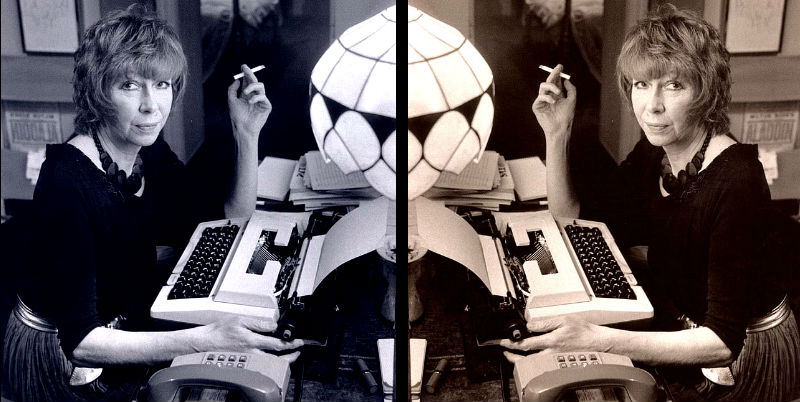
“Sandy Fawkes: The Reporter and the Serial Killer” by Sarah Weinman
Sarah Weinman’s remarkable retelling of the time Sandy Fawkes, a British journalist, unwittingly crossed paths with a serial killer, complicates what we think we know about her story, and tells “of tragedies never fully recovered from, of terrible decisions leading to other terrible decisions, of alcohol as self-medication, and of some degree of contentment achieved after the largest possible toll.” Fawkes met the man who turned out to be mass murderer Paul John Knowles while on the road during a brief stint with an American newspaper in the ‘70s. The romantic fling that ensued was some sort of interlude between killing sprees, and Fawkes spent much of the rest of her life grappling with the truth about those short days they spent together. (CL)

“John D. MacDonald’s Mission To Save Florida” by Craig Pittman
One of the great things about reading John D. MacDonald’s Travis McGee series is that the texts are so rich and so layered you’re always finding something new to appreciate about them. Here, Craig Pittman looks at MacDonald’s passion for his adopted home state of Florida and his long-running concern for the degradation of its environmental treasures. MacDonald was ahead of his time seeing the dangers of unfettered real estate development, especially as it spread over a low-lying, coastal state. Pittman has a deep appreciation for MacDonald’s work, and if you come to this piece for nothing else, make sure to read his anecdote about first being introduced to the author’s work as a fourteen year old by his “chain-smoking great-aunt [who] took a drag on her unfiltered Camel and drawled, ‘I think you’re ready for Travis McGee.’” Priceless. (DM)
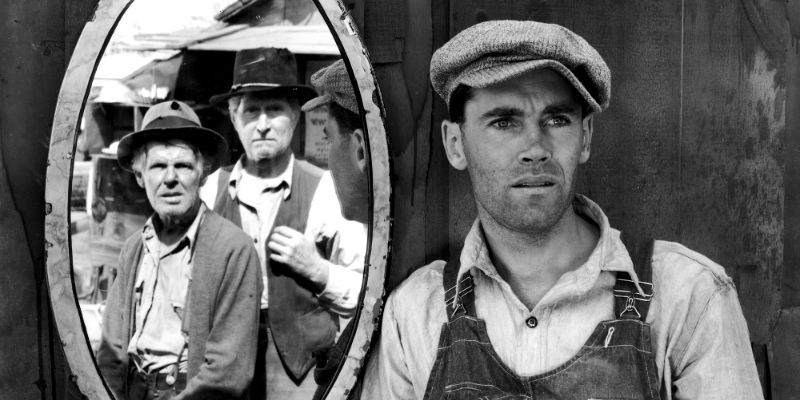
“The Enduring Lessons of Apocalyptic Fiction” by Hanna Jameson
As someone with fatalistic inclinations and a tendency to feel resigned to the inevitable end of the world (in the abstract), it was refreshing and even heartening to read Hanna Jameson’s essay on the power of apocalyptic fiction, and how depictions of our own self-inflicted armageddon allow us to imagine new ways for hope to fill the void. She revisits the breakdown of the social contract in classic novels like The Grapes of Wrath and Catch 22, and notes that there’s only one party to blame for the collapse: the humans. Thus we can rest assured that the ultimate end won’t fall from the sky, but will come, slow and steady, from within. (CL)

“The Art of Comedic Crime Fiction” by Adi Tantimedh
Adi Tantimedh’s Ravi PI series is one of the wittier private eye fictions going today, so it’s great to see him surveying the long proud tradition of crime novels that make you slap your knee now and again. Having multiple Ross Thomas and Joyce Porter books spotlighted is always a win for a site like ours, but it was also a pleasure just to see how these books have tied together to form a tradition that has such a strong influence on a writer doing exciting work today. (DM)
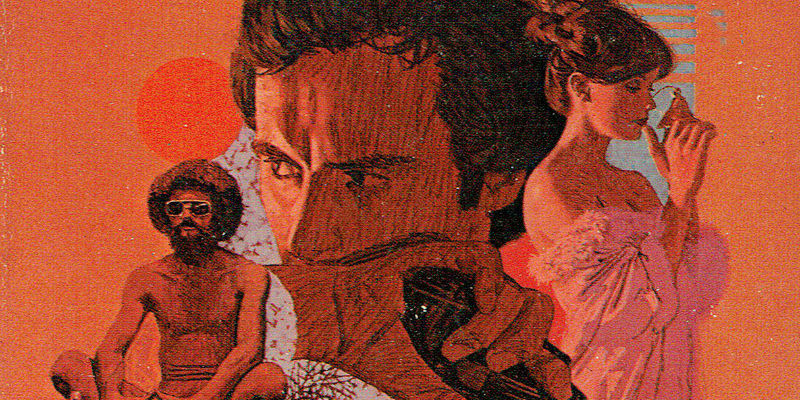
“Ross Macdonald’s ‘The Moving Target’: A History in 25 Covers” by J. Kingston Pierce
It’s hard to think of a crime author who influenced the aesthetic of modern detective fiction more than Ross Macdonald, so it seems appropriate to undertake a visual history on the occasion of the 70th anniversary of Lew Archer’s first appearance, in The Moving Target. J. Kingston Pierce, expert on all things crime, but especially crime fiction covers, takes on the project in this fantastic survey of Macdonald’s first Archer novel, offering up an engaging mixture of history and critique as he tells the story of one of the century’s most important crime novels, cover-by-cover. (DM)
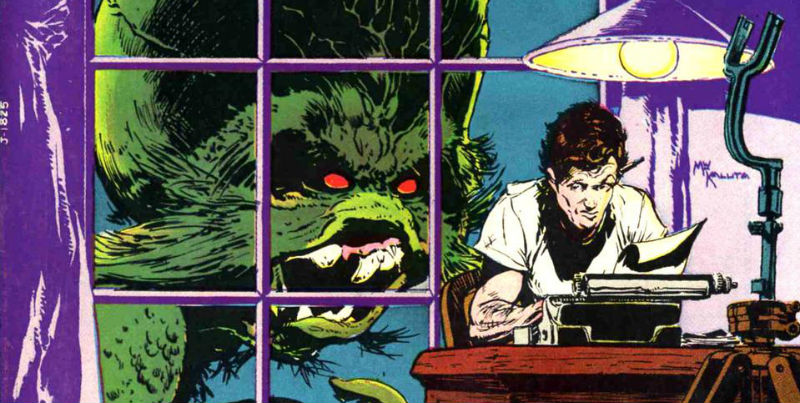
“I Was a Teenage (Wannabe) Horror Writer” by Michael Gonzales
Michael Gonzales’ story completely transported me to the world of 1970s New York City comics, where apparently a fourteen year old kid could cold call DC comics and get called in for an interview to become a writer. The sheer chutzpah involved in this makes it well worth a read, but also Gonzales’ heartfelt memories of the horror scene and the many talented people drawing and writing and reading is everything I dream of from an artistic community and subculture. (DM)

“Jim Crumley and the Rocky Mountain (Crime) Renaissance” by Allen Morris Jones
Allen Morris Jones sets a vivid scene of fireside chats fueled by booze and weed and literary ambition, led by the larger than life icon of crime fiction, James Crumley, and in the course makes a compelling argument for how Crumley helped ignite a kind of Rocky Mountain literary revival. He also helped one author see the power of crime fiction, the insignificance of so-called genre labels, and the power of place in any good piece of writing. For anyone who loves the West and loves literature, this is an awfully entertaining and deeply felt tribute to one of the greats. (DM)
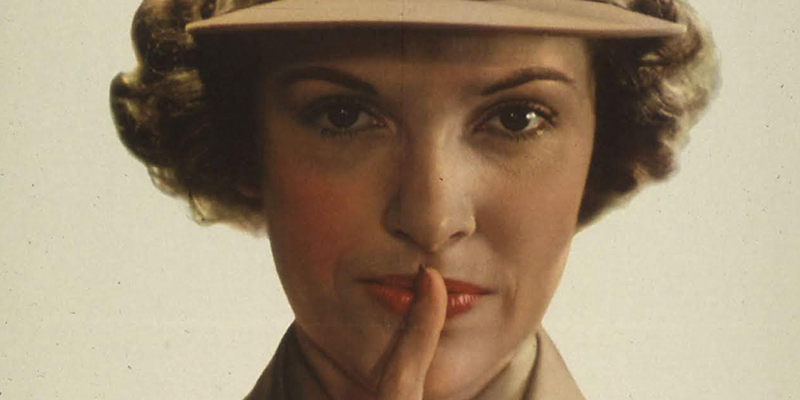
“Women Spies During WWII Were Way Better at Keeping Secrets Than Their Male Counterparts” by Alisa Smith
“Men of that era didn’t like to give women credit for brain work—sitting up late at night with pencil and paper, or wrestling with machines that mimicked how their enemies encoded the message. The public preferred to cling to the stereotype of the rare female spy as a femme fatale.” In this fascinating dive into the lives and legacies of women spies, Alisa Smith looks at the many ways in which women contributed to espionage efforts during WWII, and the long road to restoring their legacies and honoring their wartime contributions after the end of hostilities, in a post that will make you think twice about your great-aunt’s crossword abilities. (MO)
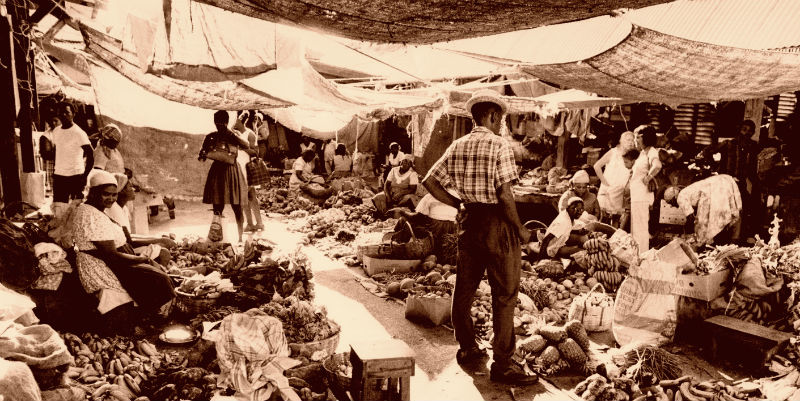
“The Crime Fiction of Kingston, Jamaica” by Paul French
This month, Crime and the City brought us to the larger-than-life Caribbean island, a place where natural beauty is met by a violent colonial history, where reggae fills the airways and hardship plagues the streets. While literary representations of the Jamaican capital are somewhat sparse, Marlon James’s harrowing masterpiece, A Brief History of Seven Killings, brought to life 1970s Kingston in all of its politically-charged gang violence, and will haunt me for many years. I’m eager to dive into the rest of French’s suggested Jamaican noir. (CL)
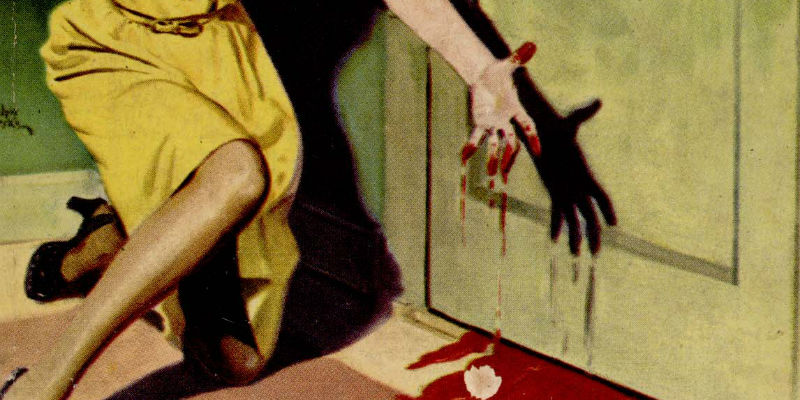
“Locked-Room Mysteries: A Beginner’s Guide” by Gigi Pandian
Locked rooms and impossible crimes have played such an important role in the annals of mystery fiction, but on the whole I’m fairly ignorant of the tradition, how it’s developed, and where it’s been taken by new authors following up on the innovations of the Golden Age. So I was glad to get an excerpt like Gigi Pandian guiding me into the literature, explaining a few of the key concepts, and letting me know there’s a Japanese offshoot of logic-mystery games called “Shin-Honkaku.” (DM)
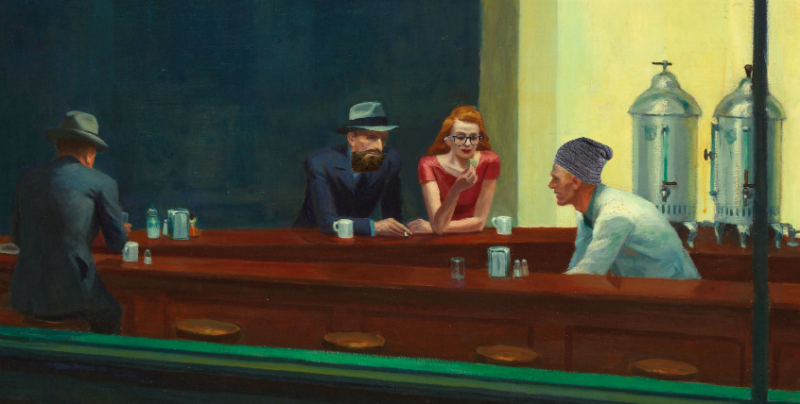
“The Great Hipster Mystery: Defining a Canon” by Lisa Levy
I love stories about downtown scenesters, art world aspirants, and bohemians of all stripes and sizes, so when Lisa Levy came up with the handy moniker of “Hipster Mystery” or “Hip-stery,” I finally had a nice tidy sub-genre to describe so many of the city-based, youth-focused crime fictions I’ve enjoyed these last few years, from the likes of Alex Segura, Sara Gran, Adrian McKinty, and many more. This is an article I’ll be returning to time and again for new reading recommendations and the astute grouping of so many books with an unspoken affinity. (DM)

















